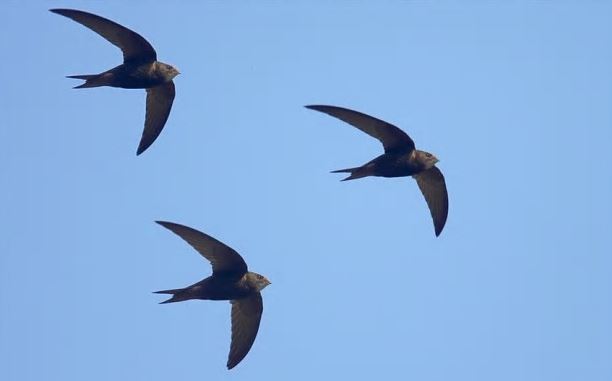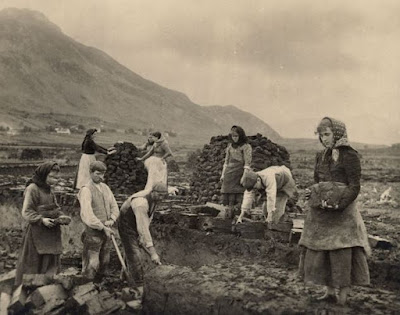Mary’s last tweet will not be forgotten

'Mary' being tagged on the Isle of Man S ocial media can be an incredibly depressing platform when it comes to issues related to the environment. The many stories of the horrors inflicted on the natural world can be hard to stomach. As such, I tend to limit my viewing of such material to retain some hope However, when these horrors occur in your own backyard they are difficult to overlook. The confirmation recently of the fatal poisoning of a Hen Harrier named ‘Mary’ in Dromconrath, Co Meath was hard to ignore and even harder to think that a tweet or post on any social media platform would be enough to draw attention to it. Mary formed part of a wider EU Hen Harrier LIFE project, involving Birdwatch Ireland, Manx BirdLife and the RSPB, our UK BirdLife International partner. She had a tracking device attached to her before she took flight from her nest on the Isle of Man. The tracker was used to monitor her movements and survival, the latter of which allowed the team to l...




